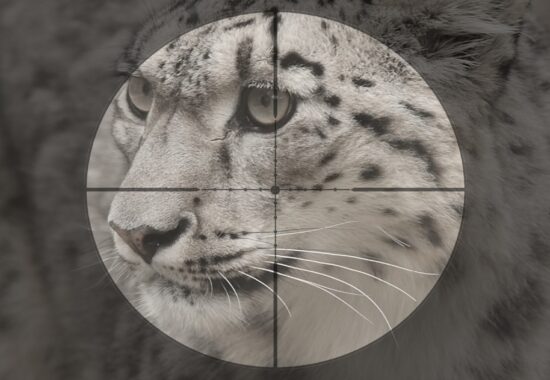

One of the burning issues posing serious threats to the survival of large carnivores is undoubtedly the human-carnivore conflict. This problem is worth understanding to formulate effective conservation strategies for endangered species. The survival of carnivores is threatened by various multifaceted phenomena including both natural and anthropogenic factors. Among the natural causes is climate change, causing prolonged drought periods that lead to widespread diseases, wiping population of wild ungulates and forcing carnivores to prey upon livestock of human settlements. The prominent causes, thus, of human-carnivore conflict include heavy poaching rate of natural prey-base, expansion of activities to wildlife habitats and subsequent degradation, upsurge in livestock number and movements to the pristine habitat of wildlife are the few determined. The Snow Leopard Foundation (SLF) has been studying the human-carnivore conflict since its inception in 2008, with the aim to understand the predation tends, intensity and magnitude, perception and ranking of danger across the entire habitat of snow leopard. These studies not only help in identifying hotspot of conflict between humans and carnivores but also suggest effective remedies for conservation interventions. In addition, these studies give a thorough insight into the dynamics of ongoing conflicts and their root causes. This research is carried out by SLF’s own staff as well as post graduate students of various universities whose work is supervised by SLF staff.